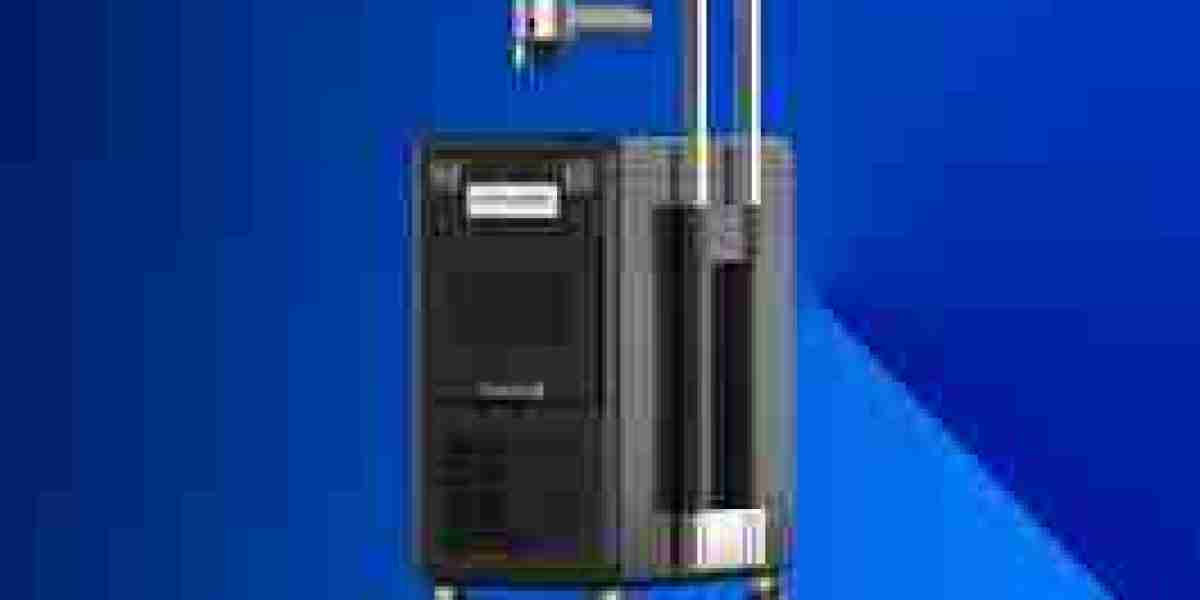What Is a Handheld Laser Cleaner and Why Is It Gaining Popularity?
A handheld laser cleaner is a compact, portable device that uses focused laser beams to remove contaminants like rust, paint, oil, and oxide layers from surfaces without damaging the substrate. Unlike abrasive blasting or chemical cleaning, it’s non-contact, eco-friendly, and requires minimal maintenance.
With advancements in fiber laser technology, handheld models are now more efficient, user-friendly, and cost-effective. Industries such as automotive, aerospace, shipbuilding, and manufacturing are adopting this tool to replace outdated and labor-intensive cleaning methods.
Benefits of Using a Handheld Laser Cleaning Machine
| Feature | Benefit |
|---|---|
| Non-contact process | No damage to base material |
| No consumables | Lower operating costs |
| Eco-friendly | No chemical solvents or secondary waste |
| Precision control | Adjustable power settings for delicate or tough applications |
| Low noise operation | Safer and more comfortable for operators |
Key Advantages:
Selective Cleaning: Remove contaminants without affecting the surrounding areas.
High Efficiency: Can clean up to 15 m²/hour depending on material and power.
Minimal Downtime: Quick setup, no drying time, and easy maintenance.
Safe to Use: Enclosed laser beams with safety mechanisms reduce operator risk.
How Does a Handheld Laser Cleaner Work?
Laser cleaning uses a focused beam of light to vaporize or ablate unwanted substances from a surface. Here’s a breakdown of the cleaning mechanism:
Laser Beam Generation: The fiber laser produces high-energy pulses.
Surface Interaction: When directed at a contaminated surface, the beam heats the impurities until they vaporize or peel off.
No Substrate Impact: The cleaning is controlled enough to avoid any damage to the base material, whether it's metal, stone, or plastic.
This method is based on photothermal and photomechanical principles. When contaminants absorb the laser’s energy, they are ejected due to rapid heating and expansion.
Real-World Applications of Handheld Laser Cleaners
Rust and Oxide Removal: Restore corroded metal parts in seconds.
Paint Stripping: Ideal for precision paint removal in automotive or aerospace sectors.
Weld Preparation: Pre- and post-weld cleaning for optimal joint quality.
Graffiti Removal: Effective on stone or metal surfaces without damage.
Oil and Grease Cleaning: Degreasing industrial parts before assembly.
Choosing the Right Laser Cleaner: What to Consider
| Factor | What to Look For |
|---|---|
| Power Rating | Choose between 50W to 2000W depending on cleaning needs |
| Portability | Lightweight and ergonomic models for mobility |
| Pulse Type | CW (Continuous Wave) or Pulsed Lasers based on precision |
| Cooling System | Air or water cooling for longer operational cycles |
| Safety Certifications | Ensure FDA, CE, or ISO standards are met |
Frequently Asked Questions (FAQs)
Q1: Can laser cleaning damage the surface being cleaned?
No. When used correctly, handheld laser cleaners are designed to remove only the surface contamination, not the underlying material. Operators can fine-tune the settings based on the surface type and thickness.
Q2: Is laser cleaning better than sandblasting?
Yes, in many ways. Laser cleaning is non-abrasive, produces no dust or debris, and is safer for both operators and the environment.
Q3: How much power do I need for industrial use?
A power range of 1000W–1500W is typically suitable for medium to heavy-duty industrial applications. For lighter jobs, 100W–300W models suffice.
Q4: What materials can be cleaned with a handheld laser cleaner?
Metals (steel, aluminum, copper), stone, ceramics, and even plastics—provided the settings are optimized accordingly.
Q5: Are there safety risks with using a laser cleaner?
Proper training and safety gear (such as laser safety glasses) are essential. Certified units include automatic shut-off features and shielding to minimize risks.
Why Professionals Are Making the Switch to Laser Cleaning
Experienced technicians and engineers are turning to laser technology because:
It reduces labor intensity and improves workplace safety
It meets stringent environmental and regulatory requirements
It cuts costs by eliminating consumables and reducing cleaning time
A survey conducted in 2023 by industrial maintenance experts found that over 67% of manufacturers plan to integrate laser cleaning within the next two years due to efficiency and sustainability goals.
Final Thought
As industries evolve, so do their tools. A handheld laser cleaner represents a pivotal step in surface cleaning technology—balancing precision, speed, and sustainability. For professionals seeking a scalable, safe, and future-proof solution, this tool is proving indispensable.








